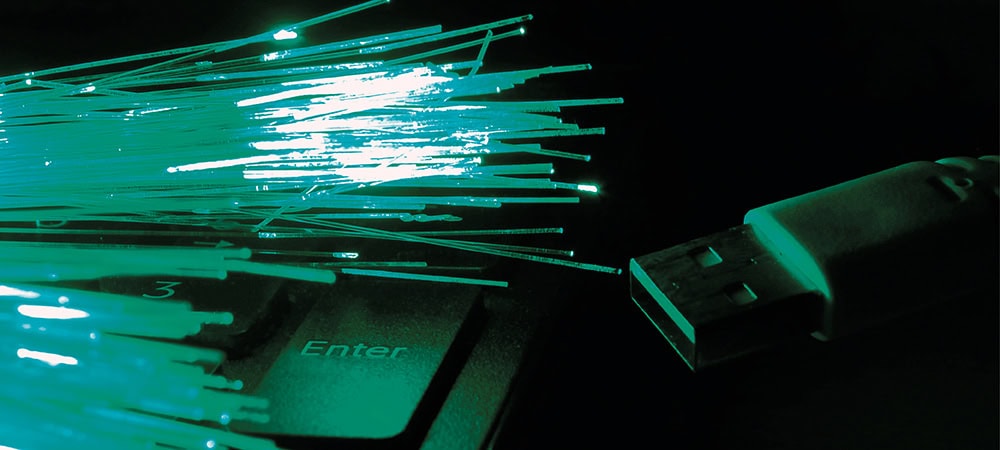A New Interface Offers More Possibilities


For good reasons: On the one hand, the maintenance of the predecessor solution will expire in the foreseeable future, and on the other, BW/4 is a powerful and user-friendly system that simplifies, improves and accelerates reporting. At the same time, Datasphere is well on the way to providing a comparable range of functions as a cloud solution. The problem, however, is that the modern consolidation solution S/4 Hana for Group Reporting, for whose predecessor SAP will also soon discontinue maintenance, cannot be easily used with the above-mentioned data warehouse solutions - at least not with the standard SAP interface. However, this hurdle can be overcome with a newly developed interface.
End of life 2027/2030
It has long been known that SAP will discontinue maintenance for a number of systems in just a few years and many companies have already realized this: Maintenance for BW 7.5 on Hana will expire at the end of 2027, as will maintenance for the consolidation solution Business Consolidation (SEM-BCS). Mainstream maintenance for Financial Consolidation (BO FC) still runs until 2030, but this consolidation solution is not future-proof either. With their data warehouse solution, many large corporations have already switched to one of the new SAP data warehouse solutions and are taking advantage of the benefits offered by the system change: With the modern data warehouse, users can link large volumes of data with operational SAP systems, and the complexity of data modeling and data administration has also been greatly reduced.
However, many companies are still struggling with the S/4 Hana for Group Reporting consolidation solution, especially those that are already using one of the new data warehouses. This is because S/4 Hana for Group Reporting cannot be easily connected here. The technical hurdles for transferring the data are considerable.
In principle, S/4 Hana for Group Reporting can be used with the Embedded Reporting analysis tool, as Embedded Reporting integrates the reporting and analysis functions of Group Reporting directly into S/4. However, this is difficult in practice for large companies, especially with older releases: with runtimes of several minutes, the performance is simply too low.
But performance is not the only problem: complex KPIs such as EVA (Economic Value Added) and ROCE-LTM (Return on Capital Employed) cannot be meaningfully mapped with the possibilities of the user-defined queries of embedded analytics - although it is basically possible to implement these KPIs by programming CDS queries, it is very time-consuming and therefore expensive. In addition, structures and variables cannot be reused and the standard reporting rules cannot be used effectively in the course of embedded reporting, as some important options are still missing.
In addition to the difficulties mentioned above that affect embedded reporting, there are others that relate to data export: For example, the SAP interface does not support the export of data with reporting rules; in addition, only complete data extractions and no so-called deltas can be transferred during data export, which leads to significantly more extensive and inefficient loading processes. Another problem relates to data blending, as only the data in the group posting entries table (ACDOCU) can be used. This means that additional data sources cannot be integrated, particularly ESG and HR data. Data export is also not possible with delta and reporting logic, meaning that the group report cannot be created using a different tool and the lack of delta capability means that only the latest, relevant data slices can be pulled.
There is no interface in the SAP standard that maps the entire functional scope of Group Reporting and solves the existing difficulties. For this reason, the management consultancy Caleo, which specializes in SAP and finance, has developed its own solution and now offers an interface with which S/4 Hana for Group Reporting can be used efficiently with both BW/4 Hana and Datasphere. This is because with the new interface, the entire processing logic is now located directly on the database: the data is extracted via a standard SAP interface and stored in a staging layer - a temporary workspace - in the preferred data warehouse. The information required for further processing is built up from this staging layer so that the entire data processing is carried out very efficiently via routines directly in the data warehouse.
The result is a considerable increase in speed; thanks to the interface, performance now even exceeds the increased performance of the current Group Reporting release. The runtime is therefore less than the expected runtime of five to twenty seconds in Group Reporting - depending on the complexity of the reports.
As the consolidation groups are elegantly stored as encoding, the number of rows in the data records does not increase, meaning that the data records are not artificially inflated, but the principle of data economy is followed. Report items that are assigned on-the-fly to virtual group accounts can now be used as analytical dimensions for further reporting, and variables and structures of the reporting functions from the data warehouse can also be reused - saving valuable working time. In addition, synergy effects can be achieved thanks to the interface.
Click here for the partner entry:






